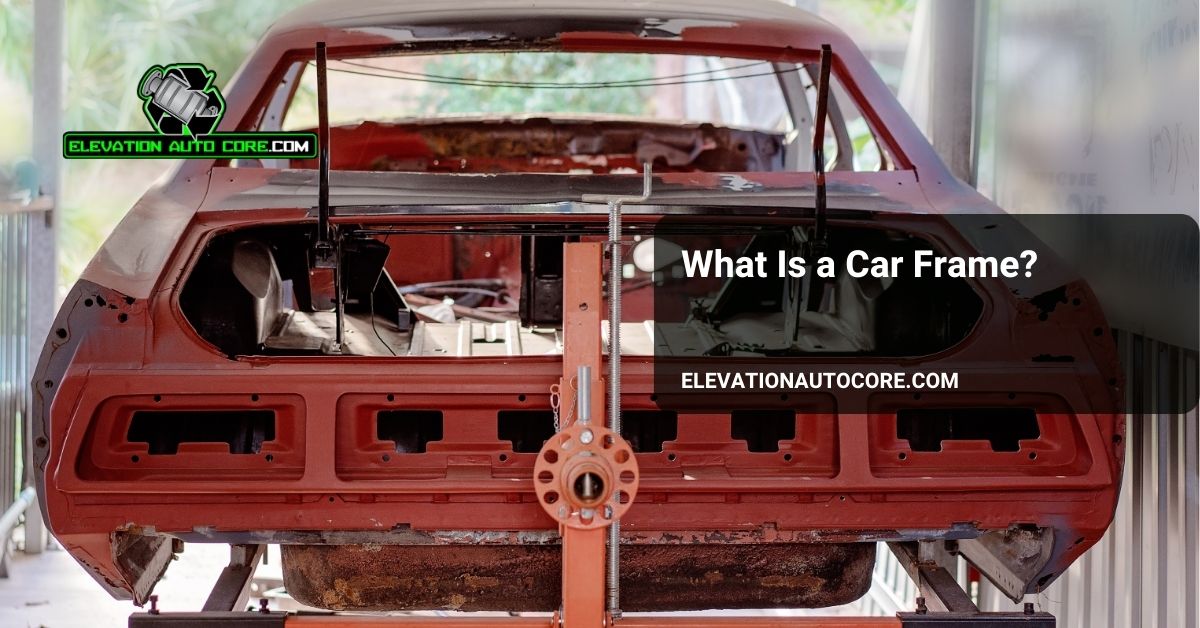What is a car frame, and why does it matter for your vehicle? The car frame is the backbone of any automobile, providing structure, support, and safety. Without it, your car wouldn’t function as a cohesive unit. Curious about how it impacts performance and durability? Keep reading to discover why this often-overlooked component is essential.
What Is Car Frame
A car frame serves as the foundation for your vehicle, supporting all its components and systems. It ensures strength and stability to handle weight, motion, and external forces. Every part, including the engine, suspension, and body panels, connects to this essential structure.
You can think of the car frame as the primary element defining the vehicle’s durability and safety. Its design affects crash protection and passenger security. Variants like ladder frames and unibody constructions cater to different automotive needs, with each offering exact benefits for off-road or passenger vehicles.
Modern car frames often incorporate materials like high-strength steel or aluminum for better performance and reduced weight. These materials help balance fuel efficiency and structural integrity.
Types Of Car Frames
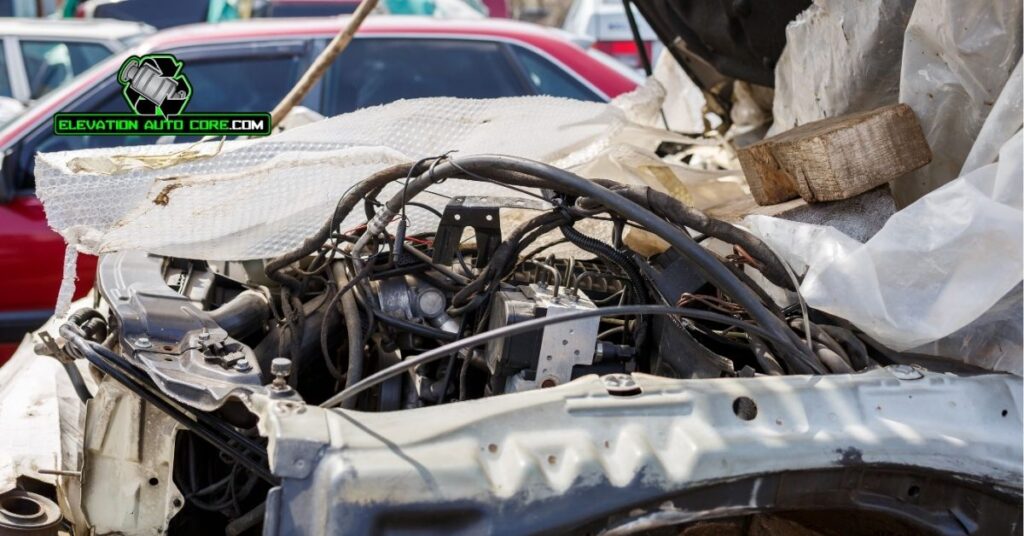
Car frames come in various types, each suited to exact vehicle designs and functional requirements. Their structure directly impacts safety, performance, and durability.
Ladder Frame
This frame resembles a ladder with two longitudinal rails connected by multiple cross members. Typically used in trucks and SUVs, it provides high strength and durability, essential for heavy loads and rough terrains. Its design simplifies manufacturing and repairs.
Monocoque Frame
A monocoque frame integrates the body and frame into a single unit. Commonly found in most passenger cars, this design reduces weight and enhances fuel efficiency. Its structure disperses impact forces, improving crash safety.
Backbone Frame
A backbone frame features a central tube supporting the vehicle’s load. Specialty cars like sports vehicles or some lightweight city cars often use this design. It ensures rigidity while keeping the structure compact.
Space Frame
The space frame consists of a network of interlocking metal tubes. High-performance vehicles frequently use this lightweight design. It optimizes strength-to-weight ratio and distributes stresses more evenly across the structure.
Tubular Frame
This frame uses tubular structures arranged for high strength and minimal weight. Race cars or custom vehicles typically employ this type. Its framework offers exceptional rigidity, suitable for high-speed applications.
Materials Used In Car Frames
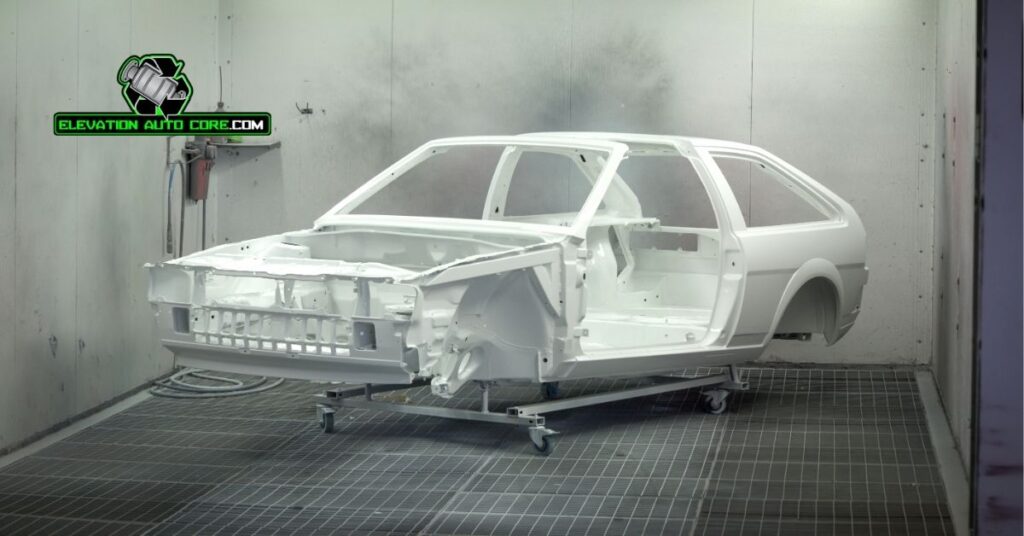
Car frames are made from advanced materials to balance strength, weight, and durability. These materials influence the vehicle’s performance, safety, and fuel efficiency.
Steel
Steel remains the most widely used material for car frames due to its high strength and affordability. High-strength steel provides excellent durability and crash resistance, making it ideal for mass-market vehicles. It allows manufacturers to maintain structural integrity under important force, improving passenger safety.
Aluminum
Aluminum is becoming more common in modern car frames because of its lightweight properties. It helps reduce overall vehicle weight, increasing fuel efficiency and performance. Even though being lighter than steel, aluminum offers a good balance of strength and corrosion resistance. Luxury and electric vehicles often feature aluminum frames to support advanced designs.
Carbon Fiber
Carbon fiber is a premium material used primarily in high-performance and luxury vehicles. Its lightweight nature and exceptional strength-to-weight ratio make it ideal for maximizing speed and efficiency. While more expensive than steel or aluminum, carbon fiber ensures rigidity and contributes to advanced aerodynamics.
Importance Of Car Frames
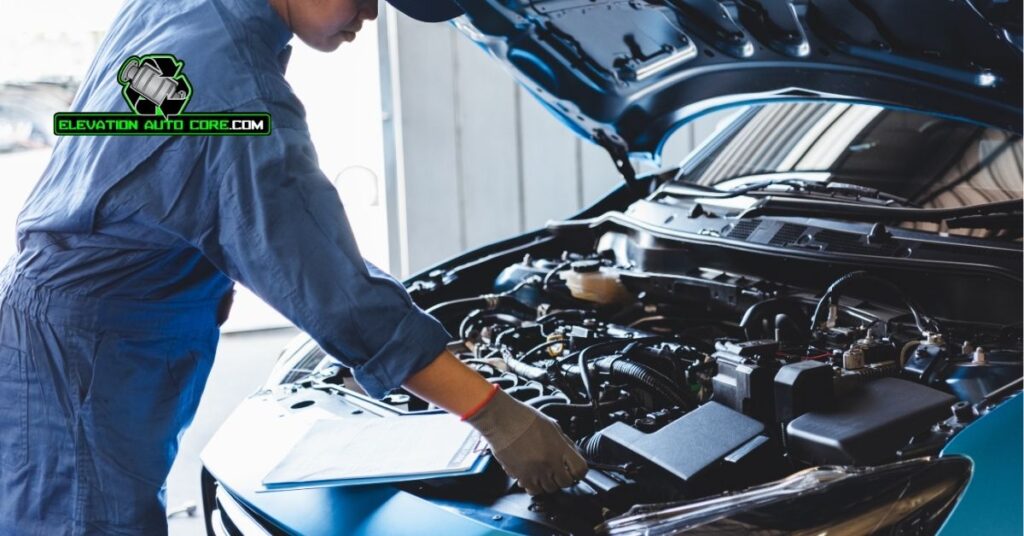
Car frames serve as the fundamental support structure for every vehicle. This backbone ensures that all components, such as the engine, suspension, and transmission, are securely mounted and aligned. Without a proper frame, the vehicle cannot maintain its structural integrity during motion or under load.
Safety heavily depends on the frame’s design and materials. In accidents, a well-designed frame absorbs and disperses impact forces, protecting passengers. High-strength steel and aluminum, commonly used in modern frames, enhance crash resistance while keeping the weight manageable.
Stability and durability also originate from the frame’s construction. Different frame types, like ladder or unibody designs, provide exact benefits based on vehicle needs. Heavy-duty trucks rely on ladder frames for robustness, while unibody frames improve efficiency in passenger cars.
Performance is tied directly to the frame’s material and structure. Frames made of advanced materials like carbon fiber maximize strength while reducing weight, increasing fuel efficiency and vehicle agility. The right frame design directly improves handling, acceleration, and braking capabilities.
Advantages And Disadvantages Of Different Car Frames
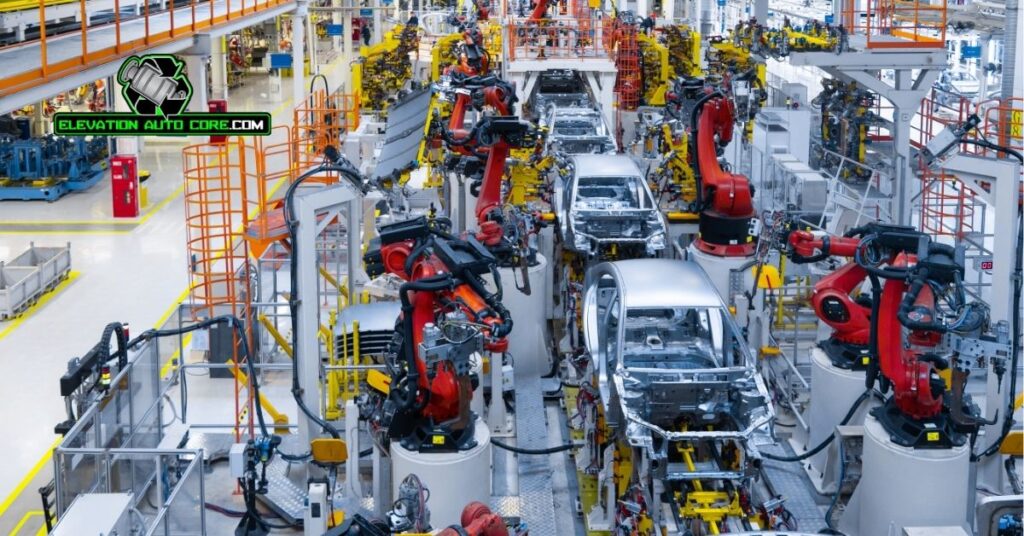
Choosing the right car frame impacts safety, performance, and overall functionality. Each frame type has unique benefits and potential drawbacks influencing its suitability for various vehicles.
Pros And Cons Of Ladder Frame
Ladder frames are known for their simplicity and strength. Found primarily in trucks and SUVs, they offer superior durability and towing capacity, making them ideal for heavy-duty use. Their design handles stress well, especially when off-roading or carrying substantial loads.
But, these frames add important weight to vehicles, reducing fuel efficiency. The separate body-and-frame structure results in less rigidity compared to monocoque designs, which negatively affects handling and passenger comfort.
Pros And Cons Of Monocoque Frame
Monocoque frames incorporate the body and frame into one unit. This integration reduces overall weight, improving fuel efficiency and vehicle performance. Their rigid construction enhances crash resistance by better absorbing energy during collisions, prioritizing passenger safety.
On the other hand, fabrication and repair costs for monocoque frames are higher as specialized manufacturing processes are required. They’re also less suited for heavy loads or harsh off-road conditions due to their structural limitations.
Pros And Cons Of Space Frame
Space frames feature a network of interconnected tubes, offering exceptional strength while keeping weight low. Vehicles utilizing this design, like high-performance cars, benefit from improved handling, acceleration, and braking efficiency. The high strength-to-weight ratio enhances speed and agility.
Even though these advantages, production is expensive and labor-intensive. Repairs can be costly and complicated due to the frame’s intricate structure, limiting its practical usage to exact vehicle types.
Conclusion
Understanding the role of a car frame gives you valuable insight into how vehicles achieve their strength, safety, and performance. From material selection to frame design, every detail is carefully engineered to meet exact needs. Whether you’re exploring ladder frames for durability or monocoque frames for efficiency, the frame is a critical factor in a vehicle’s overall functionality.
By appreciating the importance of car frames, you can make more informed decisions when purchasing or maintaining a vehicle. The right frame not only enhances safety and performance but also contributes to fuel efficiency and long-term reliability.

